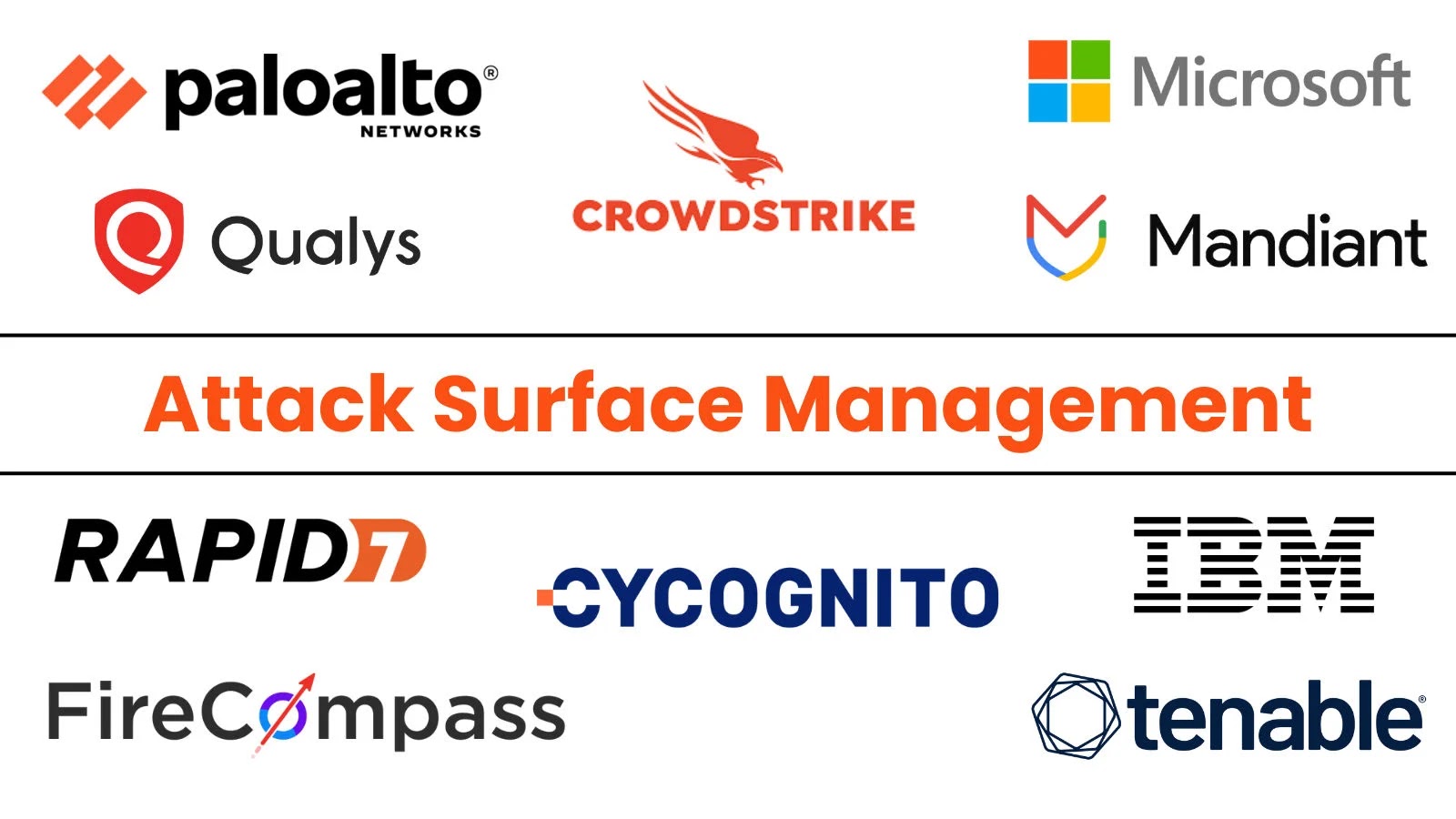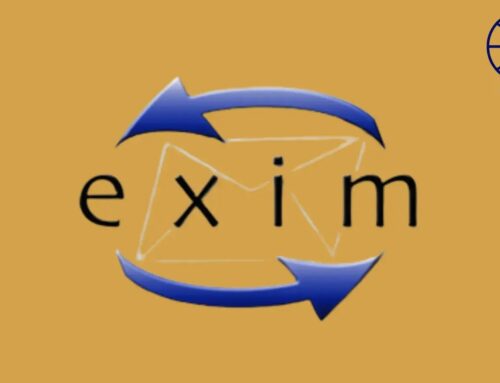
Top 10 Attack Surface Management Software Solutions In 2025
The digital perimeter of an organization has vanished. In 2025, with the widespread adoption of cloud-native architectures, the ongoing prevalence of remote and hybrid workforces, and the intricate dependencies within global supply chains, an enterprise’s attack surface has fragmented and expanded dramatically. This hyper-connected environment presents an unprecedented challenge: how do you secure what you can’t see? The answer lies in robust Attack Surface Management (ASM).
ASM is no longer a niche security practice; it’s a foundational discipline. It’s about proactively discovering, analyzing, and significantly reducing an organization’s external-facing digital footprint. The top Attack Surface Management software solutions have evolved beyond mere asset inventories. They now leverage advanced analytics and artificial intelligence to provide deep visibility and actionable insights, moving security teams from reactive patching to proactive hardening.
Understanding the Expanded Attack Surface
An organization’s attack surface encompasses every point where an unauthorized user can try to enter or extract data from a system. This includes, but is not limited to:
- Cloud Resources: IaaS, PaaS, and SaaS instances, often misconfigured or exposed.
- Public-Facing Assets: Websites, web applications, APIs, and network devices accessible from the internet.
- Third-Party Integrations: Connections to vendors, partners, and supply chain components that extend your digital trust boundary.
- Shadow IT: Unsanctioned applications and services used by employees that often bypass security controls.
- Remote Work Endpoints: Laptops, mobile devices, and home networks used by employees for business operations.
- Open-Source Components: Libraries and frameworks used in software development that may contain known vulnerabilities (e.g., CVE-2021-44228, the Log4Shell vulnerability).
Without continuous, automated discovery and assessment, these attack vectors become potential entry points for sophisticated threat actors.
The Evolution of Attack Surface Management Software
Early ASM tools primarily focused on basic asset discovery. However, the complexity of modern IT environments demanded more. Today’s leading ASM platforms integrate several critical capabilities:
- Continuous Discovery: Automated scanning and reconnaissance to identify all internet-facing assets, known and unknown.
- Risk Prioritization: AI-driven analysis to assess the criticality of detected assets and identified vulnerabilities, focusing efforts on the most impactful risks.
- Vulnerability Intelligence: Integration with threat intelligence feeds and vulnerability databases to identify exposures like CVE-2023-38831 (WinRAR vulnerability).
- Shadow IT Detection: Mechanisms to uncover unauthorized or unmanaged assets and applications.
- Supply Chain Risk Management: Assessing the security posture of third-party vendors connected to your infrastructure.
- Attack Path Mapping: Understanding how multiple vulnerabilities or misconfigurations could be chained together for a successful attack.
Top 10 Attack Surface Management Software Solutions In 2025
Based on their capabilities, market presence, and technological advancements, the following represent leading ASM solutions positioning organizations for stronger security in 2025:
1. Tenable.io External Attack Surface Management (formerly Expanse)
Leveraging continuous discovery and passive reconnaissance, Tenable’s ASM solution provides a comprehensive view of internet-facing assets. It excels at identifying unknown assets and mapping attack paths, offering deep insights into an organization’s digital footprint and potential exposure points such as those related to CVE-2023-2825 (Citrix ShareFile vulnerability).
2. Randori Attack Surface Management
Randori, now part of IBM Security, offers a unique “attacker’s perspective” on ASM. It continuously monitors and identifies assets most likely to be targeted by adversaries, providing a prioritized list of high-risk exposures. Their platform helps security teams understand and manage vulnerabilities efficiently.
3. Censys Attack Surface Management
Censys is renowned for its global internet scanning capabilities. Its ASM platform provides comprehensive asset discovery, inventory, and risk assessment based on vast internet-wide data. It’s particularly strong for organizations needing wide-ranging external visibility, helping to pinpoint issues like misconfigured servers that might expose sensitive data.
4. CyCognito
CyCognito’s platform automates reconnaissance and testing from an attacker’s perspective, discovering and prioritizing attack vectors across internet-facing assets, including those hidden within complex supply chains. It’s praised for its ability to go beyond known assets and uncover shadow IT.
5. Axonius Cyber Asset Attack Surface Management (CAASM)
Axonius aggregates and normalizes asset data from existing security and IT tools, providing a unified inventory and deep insights into security control gaps. While CAASM is a broader category, Axonius effectively serves as an ASM solution by illuminating where assets are and where they are vulnerable based on existing deployments.
6. Bitsight External Attack Surface Monitoring
Bitsight focuses on security ratings and continuous monitoring of an organization’s external attack surface. It provides actionable intelligence on vulnerabilities, misconfigurations, and other risk factors, including those that would exploit issues like CVE-2023-27350 (PaperCut vulnerability).
7. Digital Guardian Attack Surface Management
While often known for data loss prevention, Digital Guardian also offers capabilities for identifying and managing external risks associated with an organization’s data ecosystem. Its focus often extends to protecting sensitive information exposed through various attack surface vulnerabilities.
8. Palo Alto Networks Cortex Xpanse (formerly Expanse, now merged capabilities within Tenable and Palo Alto)
Though Expanse is now under Tenable, Palo Alto Networks continues to integrate robust external attack surface management capabilities within its Cortex platform. This includes continuous discovery and risk prioritization as part of a broader extended detection and response (XDR) strategy.
9. Cyberpion
Cyberpion specializes in securing the external attack surface spanning an organization’s digital supply chain. It maps and monitors all third-party, fourth-party, and deeper connections, identifying risks and vulnerabilities that originate outside an organization’s direct control.
10. Recorded Future Attack Surface Intelligence
Recorded Future, primarily a threat intelligence provider, extends its capabilities to attack surface intelligence. By correlating discovered assets with extensive threat intelligence, it provides rich context on potential threats, vulnerabilities, and the adversaries targeting them.
Remediation Actions and Best Practices
Implementing an ASM solution is only the first step. Effective attack surface management requires continuous effort and strategic remediation:
- Prioritize and Patch: Address critical vulnerabilities (e.g., those with a high CVSS score or actively exploited, like CVE-2023-23397 in Outlook) immediately. Establish clear patch management policies.
- Remove or Decommission Unused Assets: Eliminate unnecessary internet-facing services, applications, and infrastructure. Less exposure means less risk.
- Harden Configurations: Implement security best practices for all public-facing systems, disabling unnecessary ports and services, and enforcing strong authentication.
- Implement Regular Penetration Testing: Validate the effectiveness of your ASM efforts with routine ethical hacking exercises.
- Establish a Vendor Risk Management Program: Continuously assess the security posture of third-party vendors and ensure their adherence to security standards.
- Educate Employees: Foster a security-aware culture to minimize shadow IT and reduce phishing susceptibility.
- Integrate with Existing Security Tools: Maximize effectiveness by integrating ASM insights with SIEM, SOAR, and vulnerability management platforms.
Conclusion
Proactive cyber defense hinges on understanding and controlling your digital footprint. As organizations navigate the complexities of 2025 and beyond, Attack Surface Management software is not just a beneficial tool; it’s an indispensable component of a resilient cybersecurity strategy. By continuously discovering, analyzing, and reducing their attack surface, enterprises can significantly mitigate risk, safeguard critical assets, and stay steps ahead of increasingly sophisticated cyber threats. The future of security is about seeing the unseen and securing the entirety of your digital presence.





